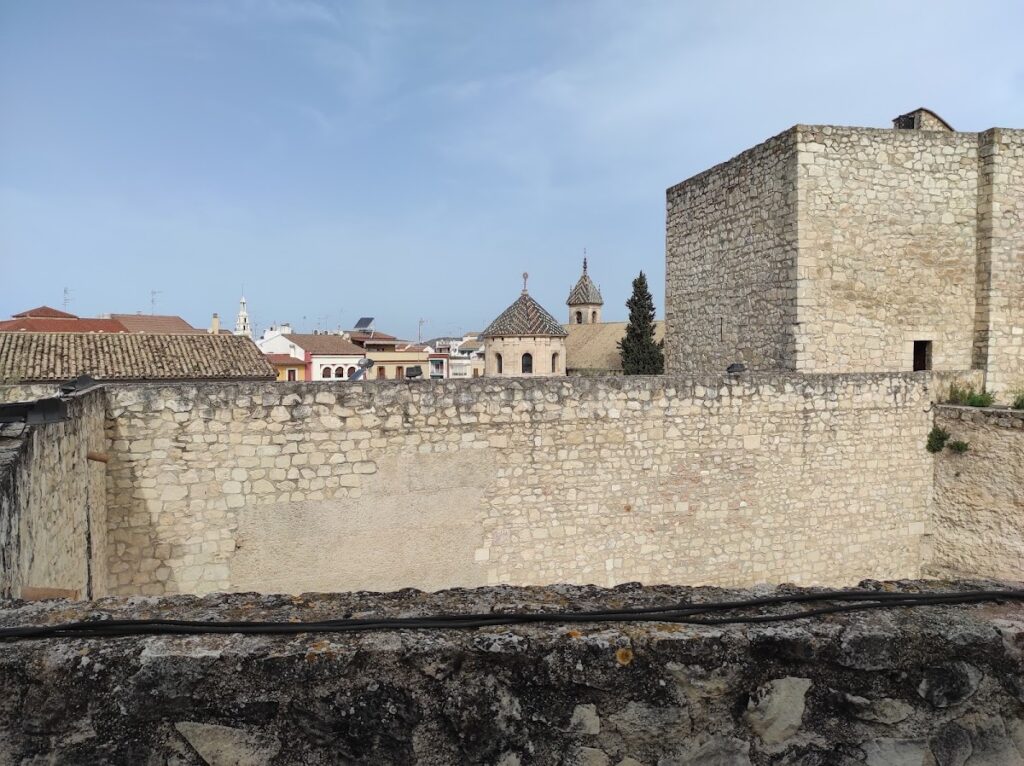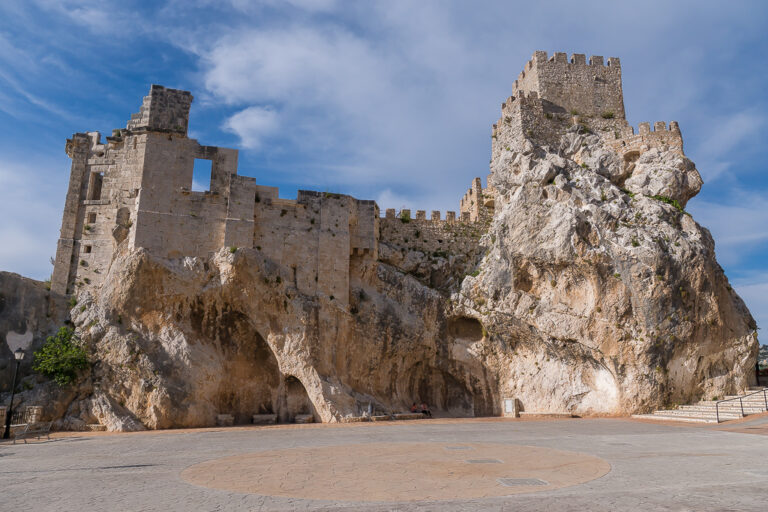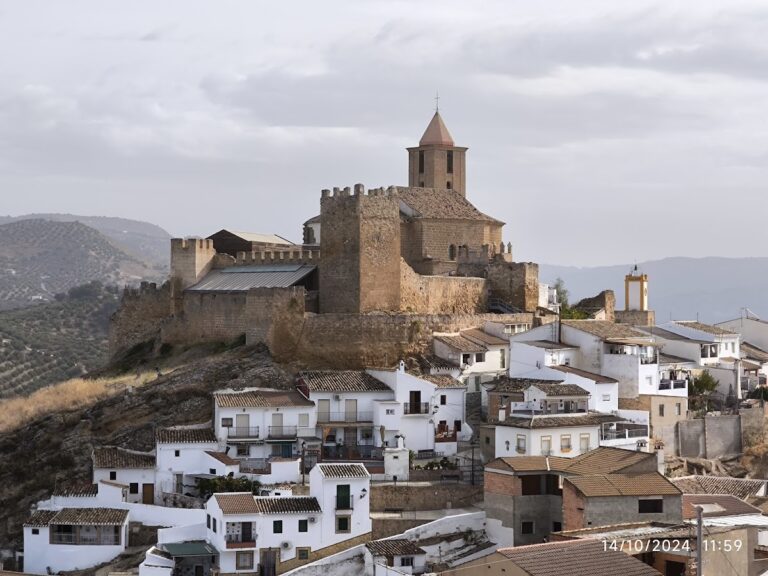Castillo del Moral: A Historic Fortress in Lucena, Spain
Visitor Information
Google Rating: 4.4
Popularity: Low
Google Maps: View on Google Maps
Official Website: ciudadesmedias.org
Country: Spain
Civilization: Unclassified
Remains: Military
History
Castillo del Moral is a fortress situated in Lucena, Spain, originally constructed following the arrival of the Almohad Empire in 1148. Built by the Almohads, a North African Muslim dynasty, the castle served to defend the cora, or administrative district, of Cabra and to oversee vital trade routes running north to south during the Christian kingdoms’ gradual expansion across the Iberian Peninsula.
In 1240, the castle was captured by Fernando III of Castile, marking its transition into Christian hands. Thereafter, it took on a key role as a frontier stronghold, reflecting its strategic importance in controlling the contested borderlands. Ownership of the castle passed through several hands: initially under the authority of the Córdoba Cathedral chapter, it was later entrusted to the military Order of Santiago. By 1342, the fortress belonged to Leonor de Guzmán, the mistress of King Alfonso XI, who maintained possession until her death in 1351, when it returned to royal control.
King Enrique II granted the castle in 1371 to Juan Martínez de Argote, and within a few years, in 1375, it was inherited by María Alfonso de Argote, married to Martín Fernández de Córdoba. This connection established the castle as a seat for the influential Fernández de Córdoba family. Members of this family actively engaged in campaigns against the Nasrid Kingdom of Granada, and the castle notably served as the prison for Boabdil, the captured last emir of Granada, following his defeat at the Battle of Lucena in 1483.
Following the 1492 conquest of Granada by the Catholic Monarchs, the castle’s military importance diminished. It was repurposed as a noble residence for the Marquises of Comares and functioned as the residence of the alcaide (castle governor or keeper) of the Donceles until the royal family reclaimed ownership in 1767. During the seventeenth century, the castle’s grounds were adapted to include a garden and stables, but these additions were demolished nearly three centuries later to make way for modern developments.
In 1926, the municipality of Lucena acquired the castle, which was officially recognized as a cultural heritage site in 1931. Post-war restorations beginning in 1946 focused on removing seventeenth-century alterations that had obscured the fortress’s original defensive design. Further structural repairs and adaptations were made between 1984 and 1997 to preserve its integrity. Since 2001, the castle houses the Archaeological and Ethnological Museum of Lucena, which includes a collection of artifacts excavated from nearby sites such as the Cueva del Ángel, adding a cultural dimension to the historic landmark.
Remains
The Castell del Moral is fully enclosed by an imposing defensive wall, framing the fortress with a clear emphasis on military strength. The octagonal Torre del Moral stands as the most prominent feature of the site. Originally crowned with a flat, battlemented roof designed for defense and observation, this roof was replaced in the eighteenth century by an eight-sided brick vault, marking a significant modification to its silhouette.
The fortress also preserves other notable towers, each serving particular functions during its active military use. The Torre del Homenaje, or keep, holds historical significance as the place where Boabdil, the Nasrid emir captured in battle, was confined. Its sturdy construction reflects its role as a secure prison within the castle complex.
Nearby lie two square-plan towers—the Torre de las Damas and the Torre del Coso. These are connected by an additional defensive wall, creating a second line of fortification. This enclosure includes an upper walkway where defenders could patrol and defend the castle with a vantage over approaching forces.
The interior of Castillo del Moral is centered around a large courtyard known as the Patio de Armas. This open central space would have functioned as a gathering area for troops and equipment, critical for the castle’s defensive and administrative operations.
Situated in the historic core of Lucena, the castle occupies a strategic urban location adjacent to landmarks such as the Church of San Mateo, the Plaza de España, and the municipal market. The surrounding landscape consists mainly of cultivated agricultural fields, resting on hilly ground approximately 490 meters above sea level with a Mediterranean climate. The terrain slopes gently toward the west, situating the castle on a natural elevation advantageous for defense and surveillance.
Recent conservation work has emphasized restoring key structural elements and modernizing certain utilities while respecting the archaeological fabric. Efforts have included waterproofing the masonry and upgrading lighting systems, which aid in preserving the fortress’ historic features. Additionally, careful removal of intrusive aerial wiring has helped maintain the site’s visual integrity. Altogether, the castle’s layout and remaining structures bear witness to its longstanding military role and evolving history through successive centuries.










